Another Lend-Lease. Kenworth 573-M1 Wrecker
And there are cooks, repairmen, tankers, orderlies ... They are not depicted on posters. And they can not boast of awards. But try to advance or defend without these modest, often clumsy and good-natured to podnachkami, people. War is war and dinner is according to schedule. This is a holy rule for the army.
It is exactly the same with military equipment. Look at any military parade that shows equipment and weapons. Tanks, missiles, guns, armored vehicles of various specialties. And only in extremely rare cases refuellers, bakeries, REMs, “engineers” and other “helpers”.
These machines have the most important qualities for any military equipment. They are not only durable, have powerful engines and unpretentious to the fuel. They are simple! Easy to repair! Repair such machines can be almost "on the knee." Any node or unit is located so that the repairman does not need to disassemble half of the machine to replace it.
One of these invisible war heroes is today's hero. Meet the Pest (Wrecker). In a military way, this car is called a Kenworth-573 (М1А1) repair and recovery vehicle. The machine is interesting by the fact that the actual piece. The M1A1 tow trucks produced a total of 840 units. Of which about 100 were sent to the USSR.
Many readers have seen the cars of this company on Russian and not only roads. And Hollywood tried to promote the brand. That is why it is necessary to linger a bit on the firm Kenworth. This will probably explain the piecework of cars produced by the company.
So, the origins of the company are from the city of Seattle. It was there that at the beginning of the 20 century (the second decade of the century) worked as one of the founders, Edgar K. Worthington. Rented hangar. Repair of any equipment. Virtually survival. And it is there that the decision to build the first truck is made. This is where Gerlinger Motor Car Co. is created.
In 1914, the first truck starts to collect. In the 1915 year, enterprising mechanics managed to build their first car. It was a cargo platform with a six-cylinder engine and a frame made of durable metal. The truck was named "Gersix". Today it sounds strange, but for the beginning of the century to produce a truck in just one year was really a feat.
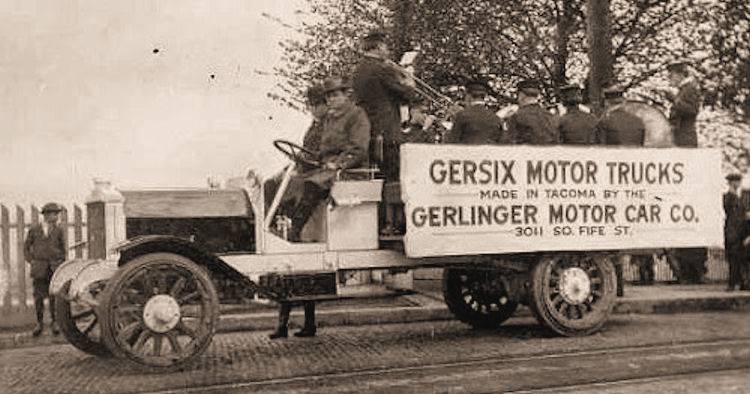
In 1917, the company is bought by Edgar Worthington himself along with new business partner Frederick Kent (Captain Frederick Kent). This is what caused the name Kenworth. Although in 1917, the company was still renamed “Gersix Motor Company”, after the name of the already famous truck in the USA.
Truck production was still piece. In 1922, the company was able to assemble an entire 53 truck. And then a new generation entered the business - the son of Frederick Kent Harry. He then gave the company a chance. Playing on the stock exchange, Harry Kent managed to attract to his own company 60 000 $. Huge money at the time.
In 1923, a joint stock company based on the Gersix Motor Company is being created. The new company is named after the two founders. Surnames are simply abbreviated and combined. KEN (from Kent) and worth (from Worthington). This is how the Kenworth Motor Truck Company appeared.
And what about our hero? Where did this car come from?
The fact is that the Kenworth Motor Truck Company initially specialized in tow trucks. By 1941, several completely modern M1 tow trucks were produced at once. These were cars on a four-wheel drive chassis with a wheel formula 6 × 6.
That is, the truck was actually taken, pumped with real American whiskey and steroids, and - voila!
The main competitor of the Kenworth Motor Truck Company was the little-known today Ward LaFrance firm. Fame company brought fire trucks. But the “francs” “rose” to participate in the program of the US military to create a range of army evacuators with a load capacity from 4 to 20 tons. This is what made the company the leading manufacturer of all-wheel drive repair and recovery vehicles of the 6-tonne class.
In 1941, the Kenworth program was supplemented with the 570 tow truck with the Continental six-cylinder petrol engine 22R. Exactly the same engine installed and competitors.
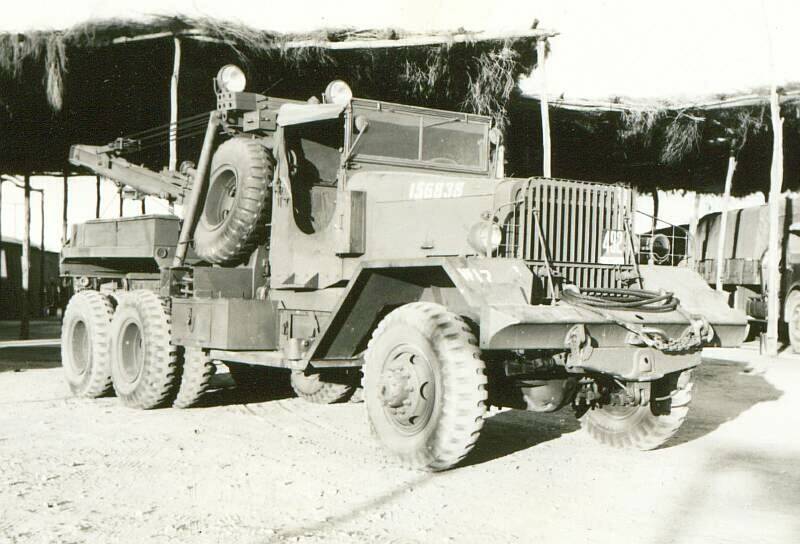
The engine power was 145 horsepower, and a five-speed manual gearbox made by Fuller, a two-speed transfer case and Timken drive axles were also installed. Behind the cab was a five-ton crane in the form of a beam-crane, manufactured by Gar Wood.
In the civilian sphere, these trucks had the name “Kenworth-570”, which had its counterpart “Ward-LaFrance-1000”, from which outwardly differed in a more rounded civilian cabin, a rectangular protective grille, no air slots on the side panels of the bonnet and a number of smaller details.
It was 570 that got the nickname “Pest”. A strange nickname for a car that should help. Soviet soldiers would come up with something tender. Like a nurse for iron or an assistant. Americans are all the easier. “What I see, then I sing”, corn whiskey and banjo.
570 became the "pest" only because it had an original bumper. Angular, resembling a bulldozer blade. And it was used in the same way as the blade. When driving over rough terrain, the car simply leveled the ground and destroyed small obstacles such as trees and bushes. And she could and remove the obstruction from the road, good, enough strength.
The 1942-43 produced a variant of the 571 series with an already upgraded crane, in the 1943 year - the 572 model with a six-ton crane, which received a mechanical drive from the truck's transmission.
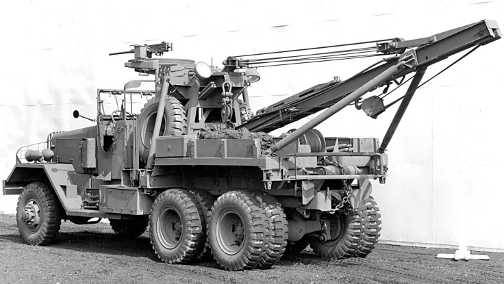
In the 1943-45 years both firms to collect the same tow M1A1 - «Kenworth-573» and «Ward-LaFrance» 5 series, received an open cabin with a soft top and the machine-gun turret, a paramilitary front fascia with angular wings and wide flat grille, while bumper remained the same reinforced and angular.
TTX "Kenworth-573"
Mass complete: 13,5 t
Length: 7,92 m
Wheel base: 4,57 m
Width: 2,51 m
Height: 3,10 m
Engine: Continental 22P volume 8,2 l, 6 cylinders, petrol
Power: 145 l. from.
Maximum speed: 60 km / h
Fuel consumption: 70 l / 100 km
Fuel range: 400 km
Load
Front winch: 9 tons
Rear winch: 21,5 tons
Crane: 9,75 tons, working angle 180 °
In total, 840 tow trucks and 100 chassis for airport fire engines were built at Kenworth, and Ward-LaFrance built 4 925 tow trucks.
Finishing the story about an American who, although he did not go in the front ranks of the Soviet tanks attacking the enemy, the ACS and all our technical power, but pulled out the wounded and dead, repaired the crippled, was strong behind the attacking, I want to repeat what was written at the beginning of the material. In war there is no second. All first. And tanks and tow trucks.
A technique that we did not have and could not appear in the short time that we were measured by the fate of that period, we had. Not from God. From allies. And remember this is necessary ...
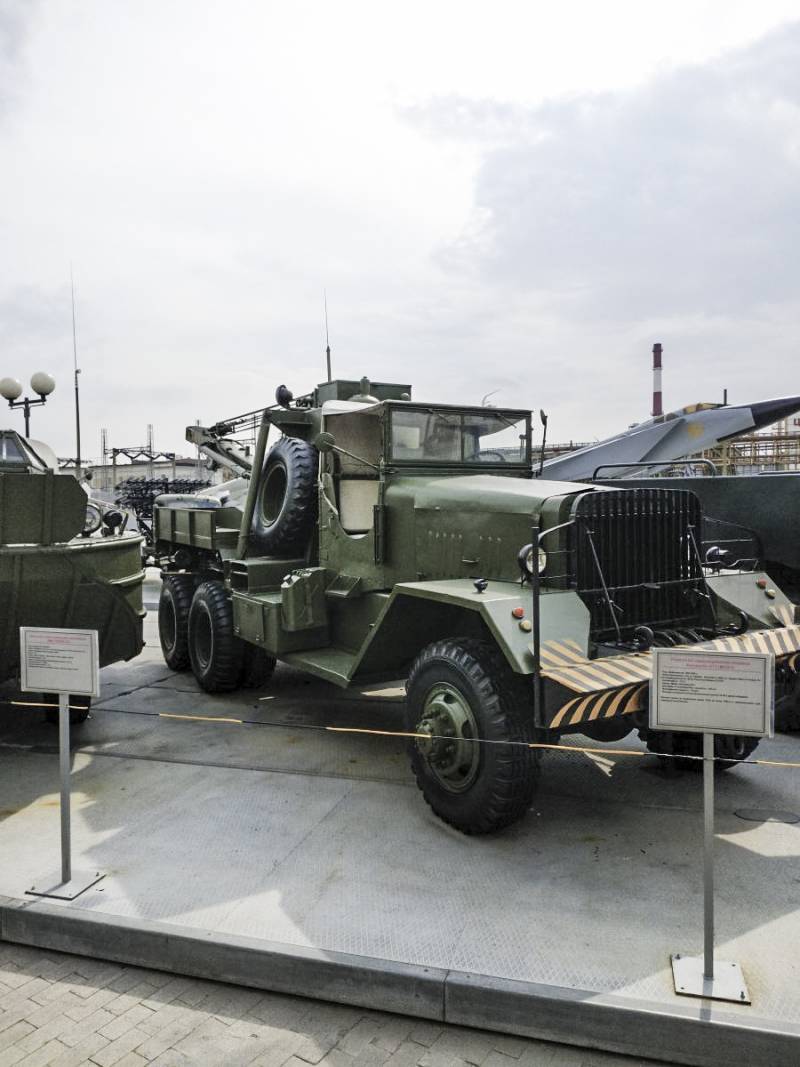
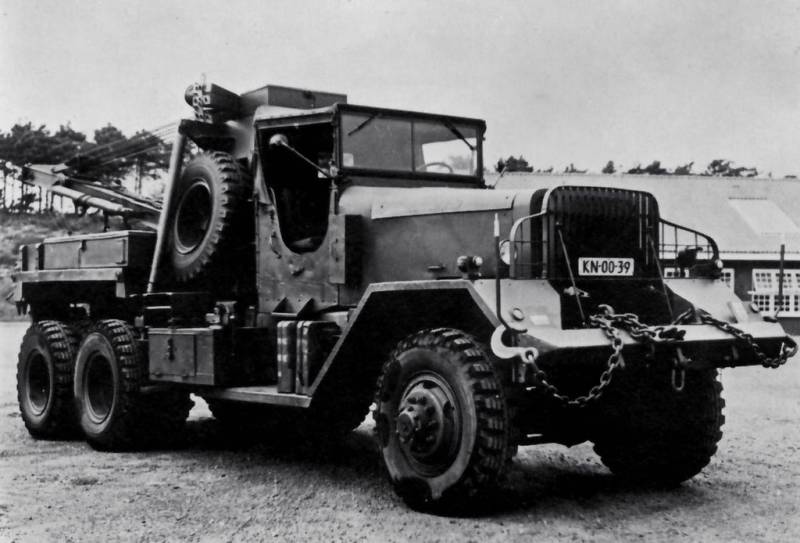
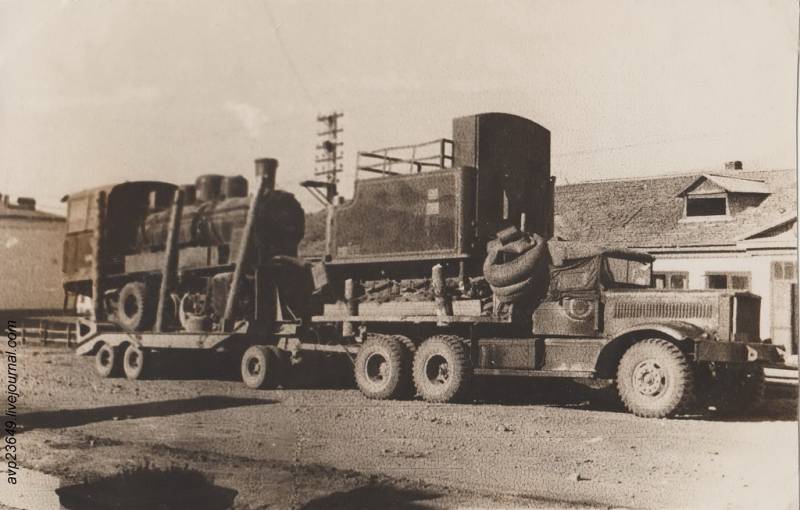
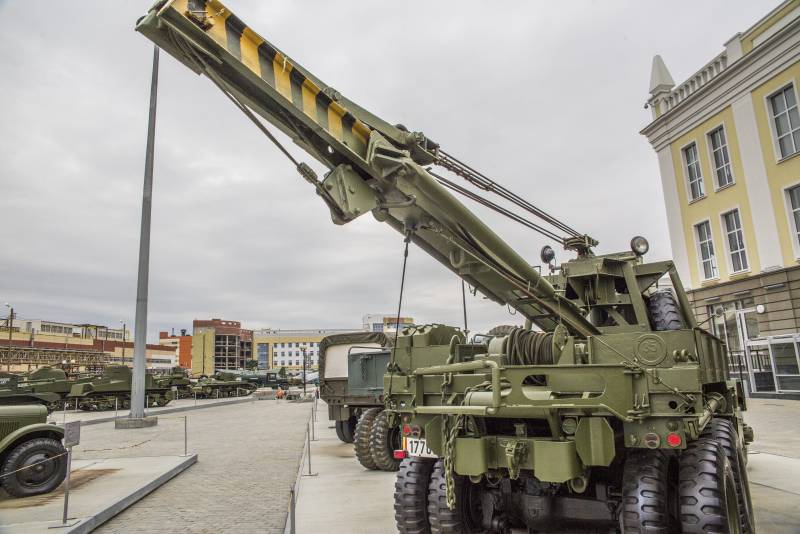
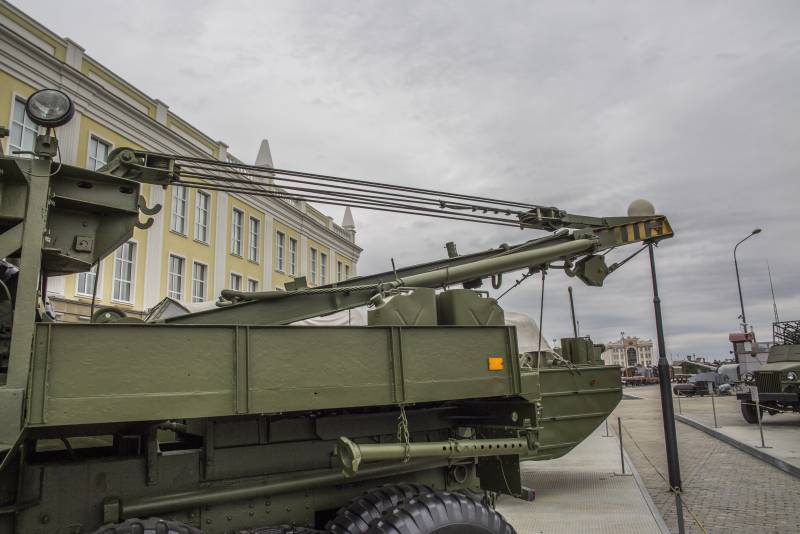
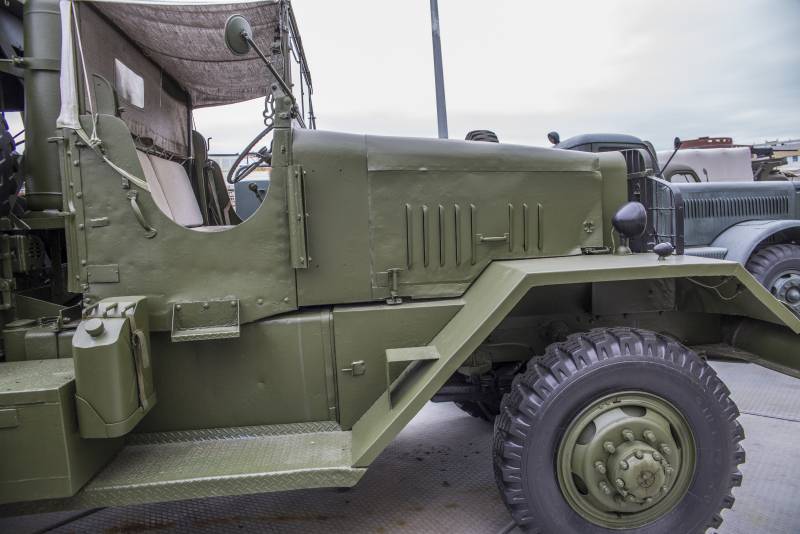
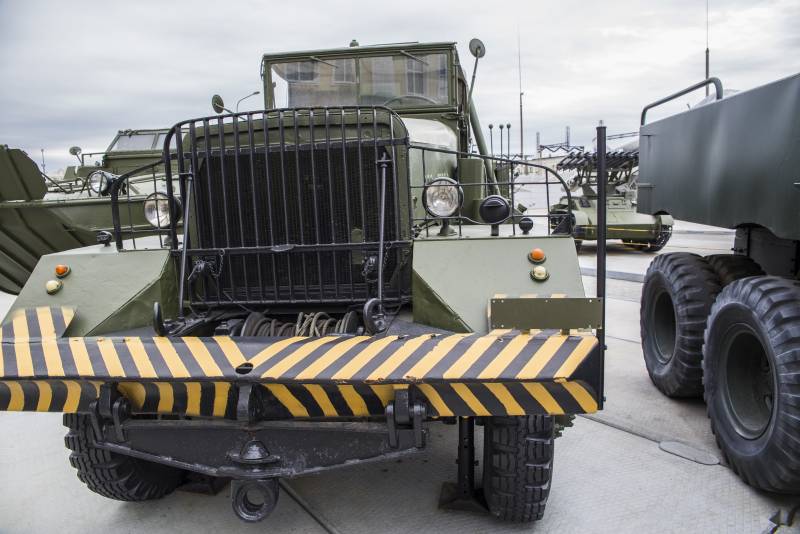
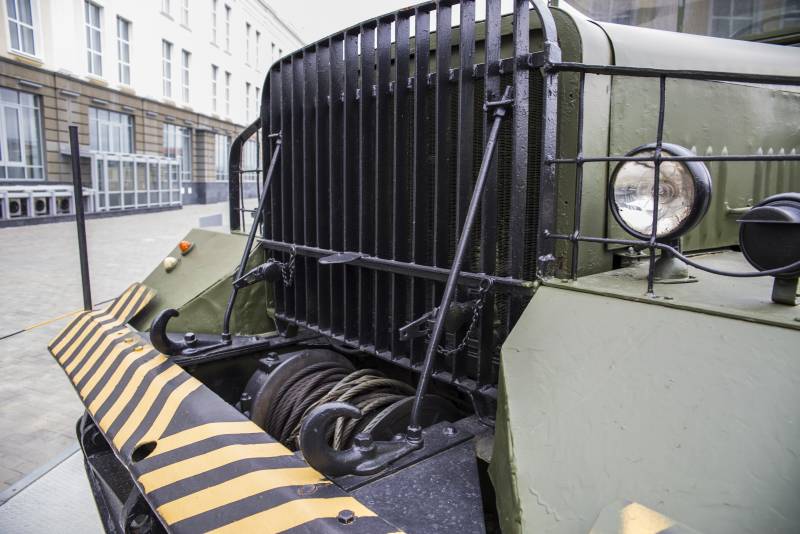
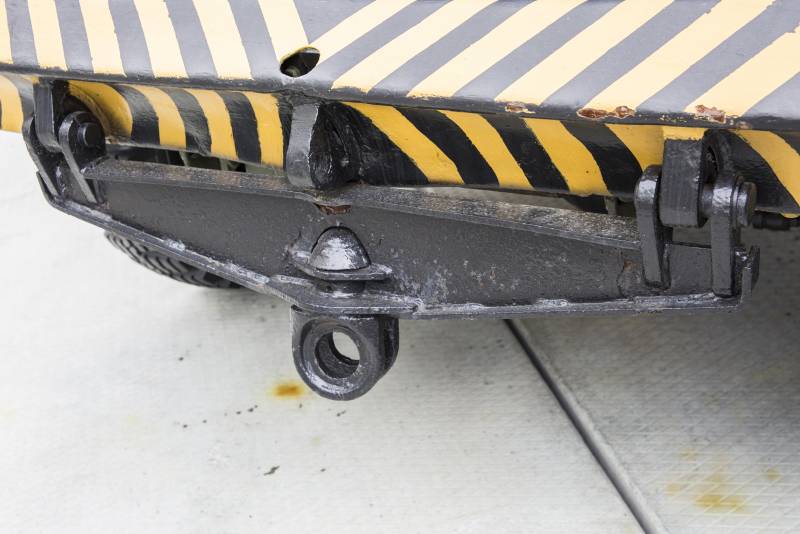
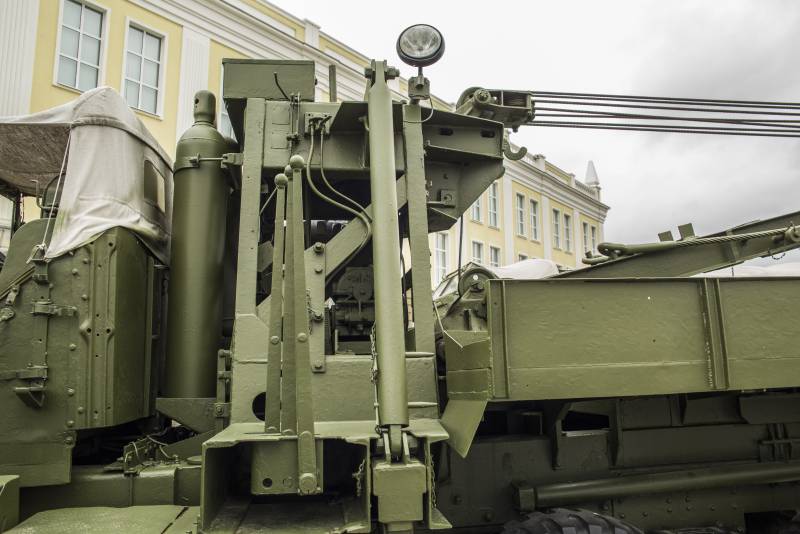
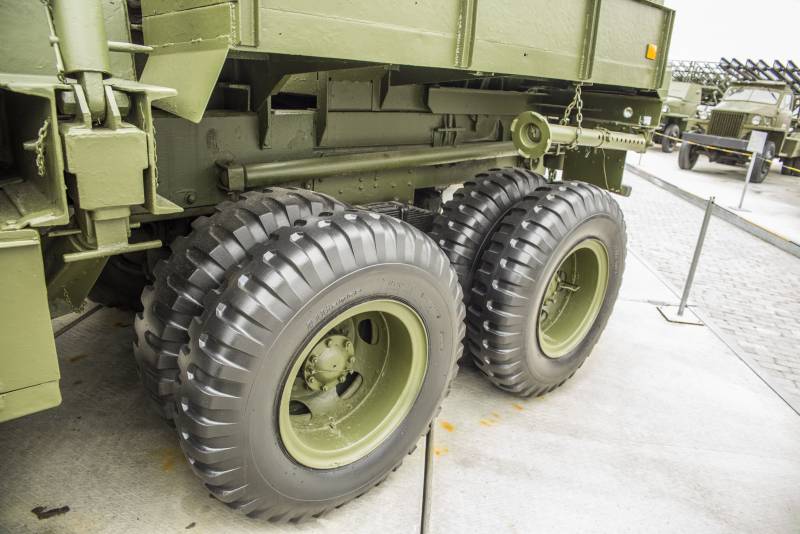
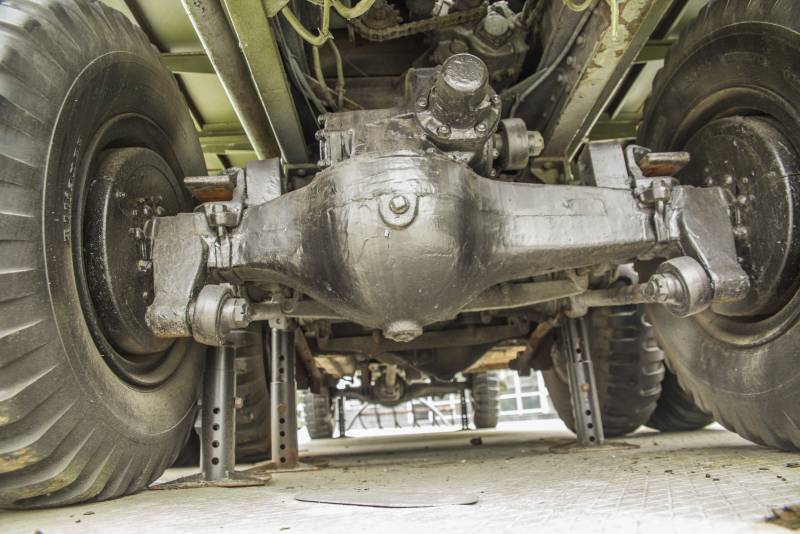
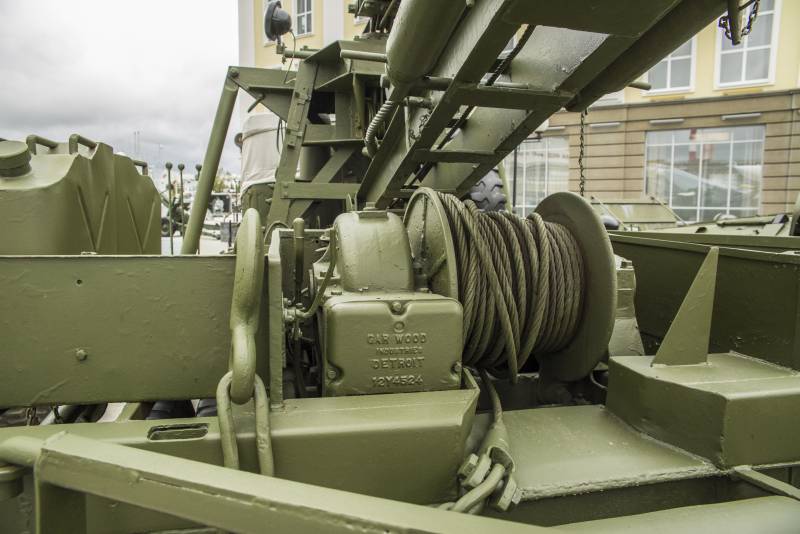
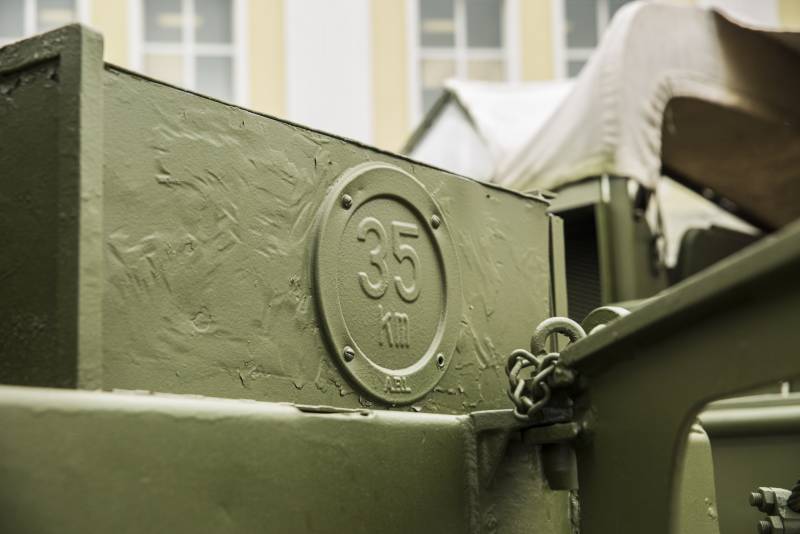
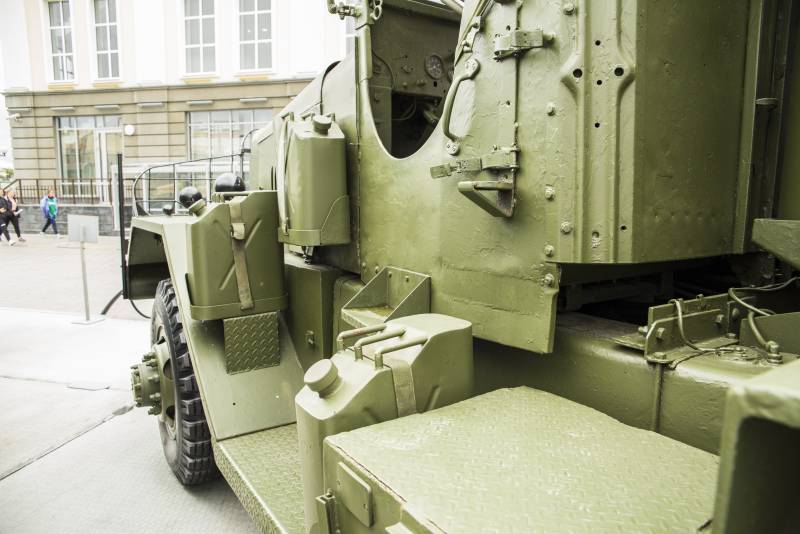
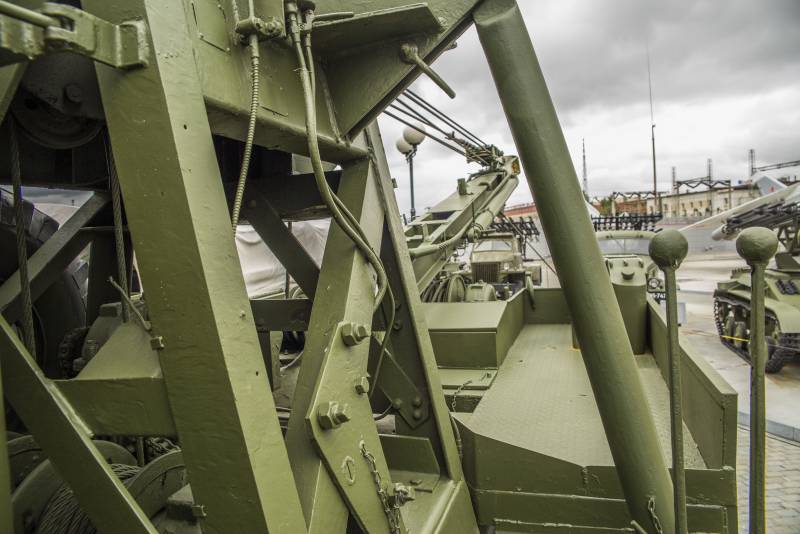
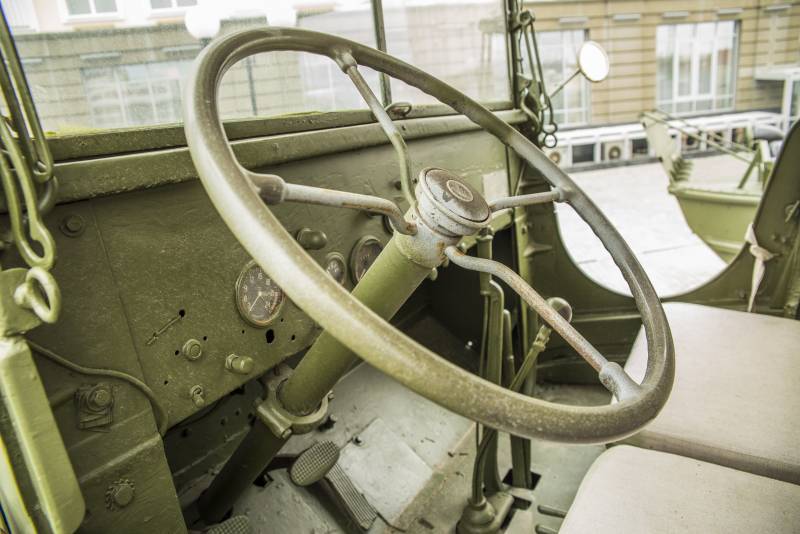
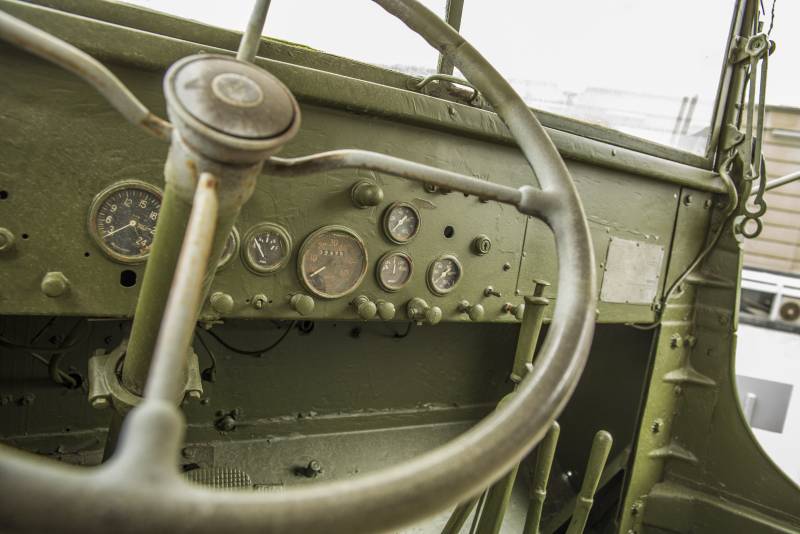
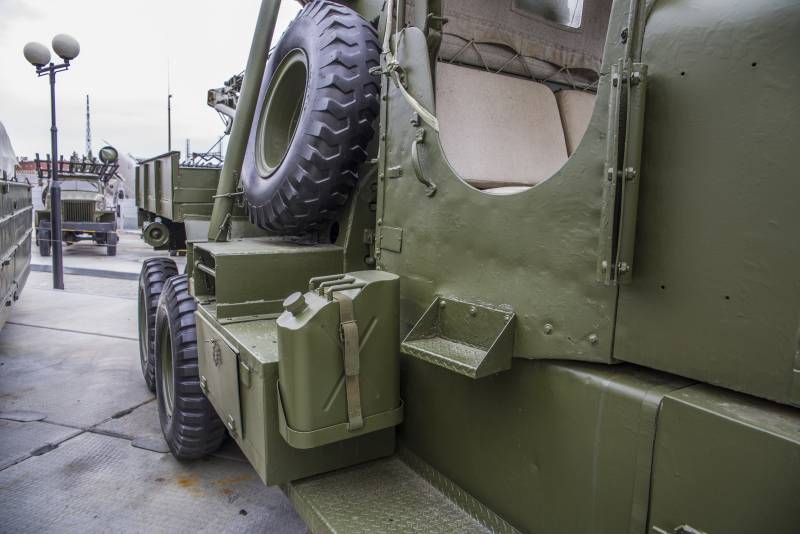
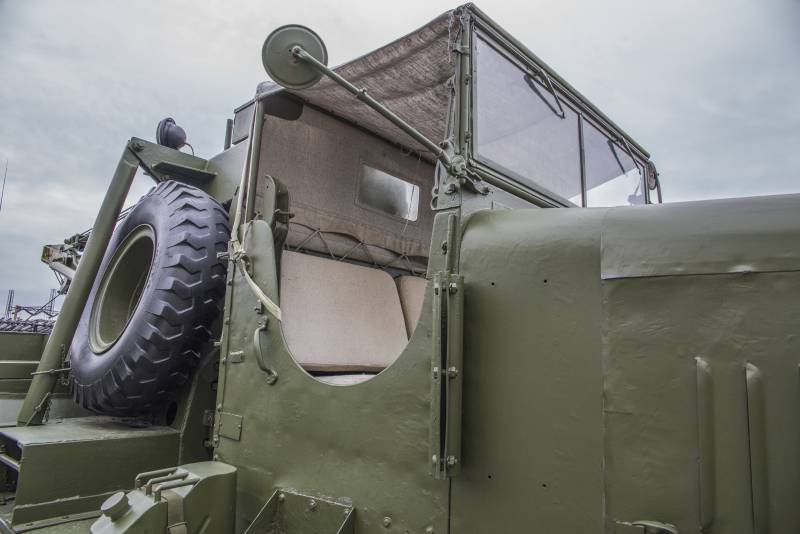
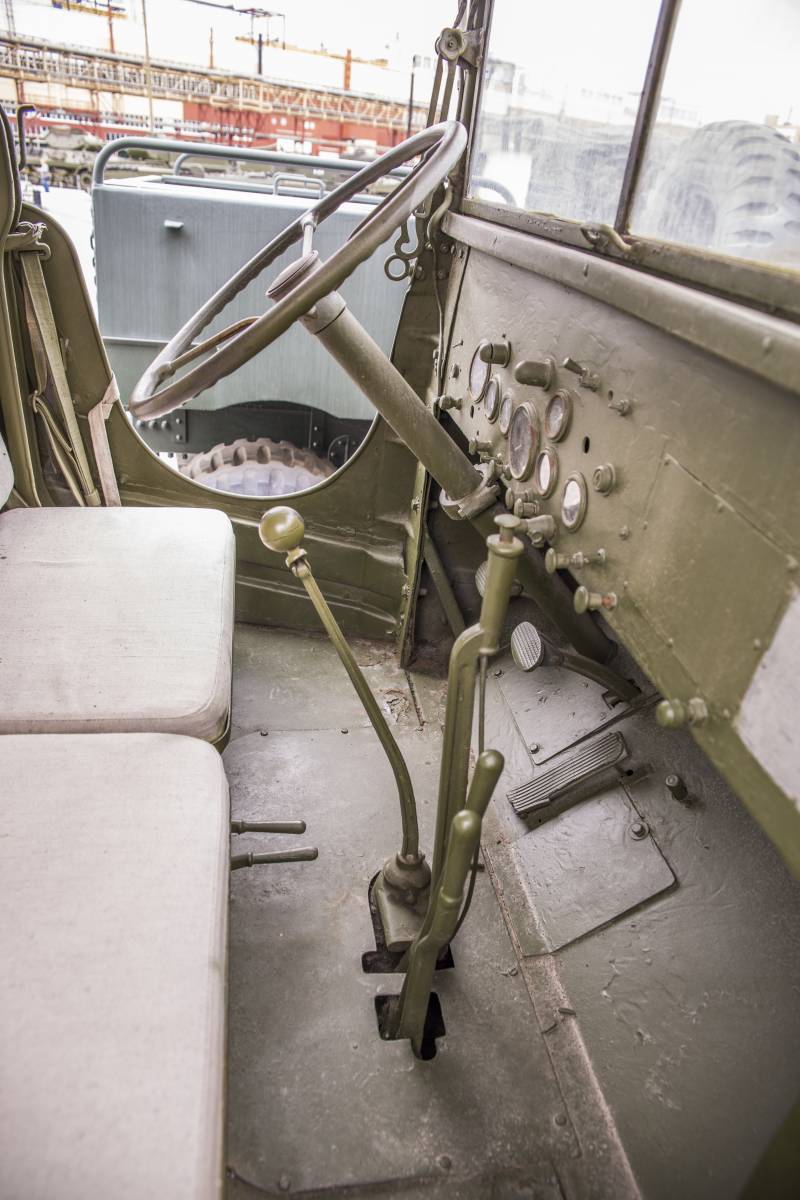
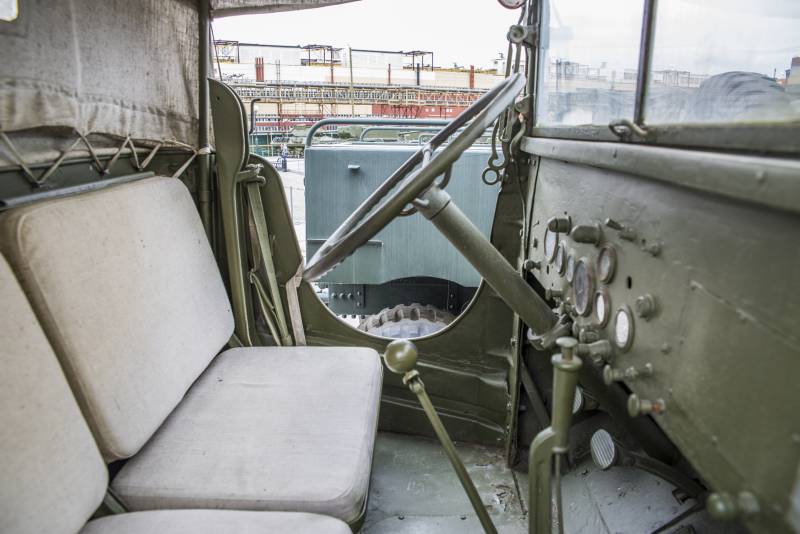
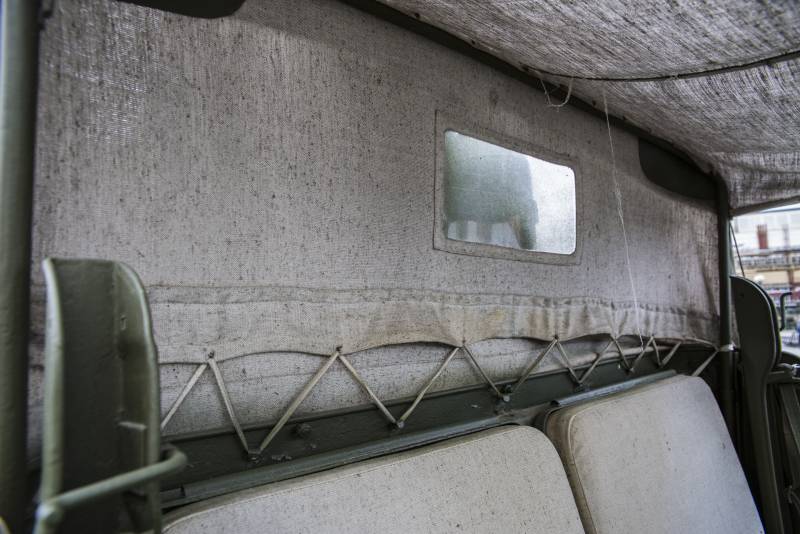
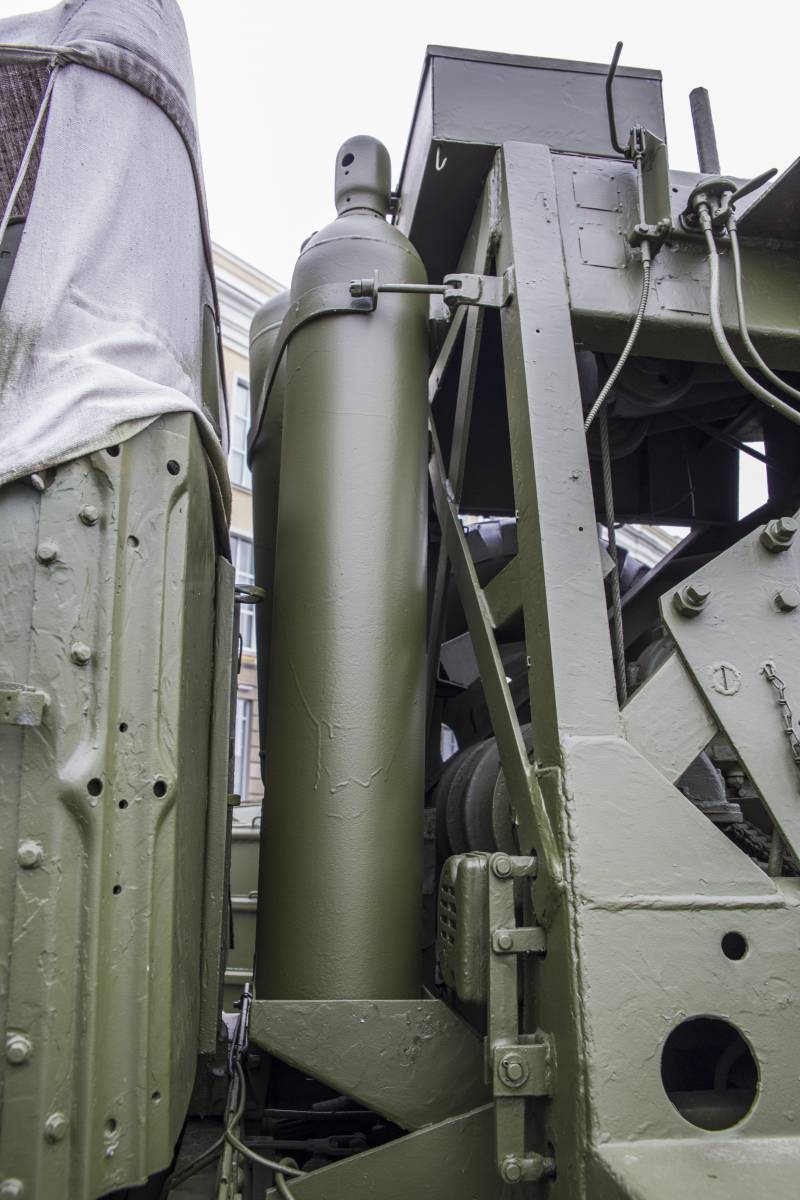
Information